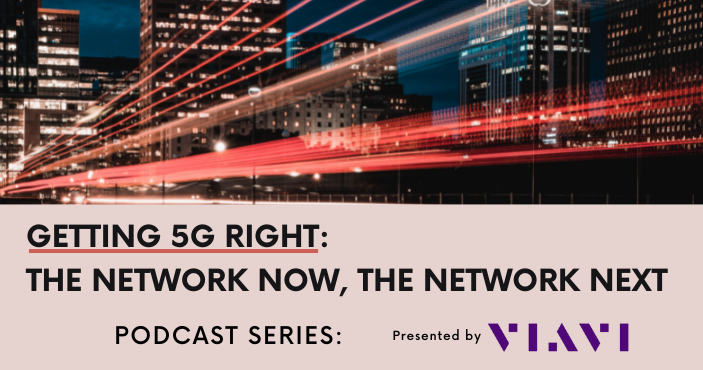How We All Can Work Together To Achieve Greater Digital Inclusion – Interconnections – The Equinix Blog
Providing internet access without proper performance, speed and reduced latency is sort of like building a bridge to nowhere. Imagine trying to use dial-up internet for a telehealth appointment or a Zoom meeting with multiple colleagues. Access without quality can hinder job opportunities, career advancement training, online schooling, community building, telehealth availability and many critical resources.
A couple of years ago, at the height of the pandemic, many parents, teachers and caregivers were thrown into the perils of remote learning. However, some faced the added struggle of driving daily—sometimes up to 50 miles—to public library parking lots to access internet speeds fast enough to attend online classes.
Access to properly functioning, high-performing broadband is now a fundamental minimum requirement to participate and succeed in our increasingly digitized society.
5g,5g network,5g network in india,network,5g mobile network,5g network se kya nuksan hai,5g in india,5g network speed,5g network slicing,private 5g network,what is 5g,5g explained,5g network explained,5g network speed test,what is 5g network?,5g phone,first 5g network trials,network slicing,5g network architecture,first 5g network in india,5g speed,5g net work,how tp change 4g to 5g network,5g network coverage in india
Where Do We Go From Here?
Right now, the U.S. has an incredible opportunity to build out broadband infrastructure in unserved and underserved areas across the country. The bipartisan Infrastructure Investment and Jobs Act (IIJA) includes $65 billion for expanding broadband internet access and adoption. This is a major step in the right direction.
The congressional intent behind the broadband funding is to ensure all Americans have equal access to reliable and affordable high-speed broadband and prohibit “digital discrimination” based on race, ethnicity, color, income level, religion, geographic location and national origin.
To be successful, there are a few principles that government agencies and enterprise and technology leaders should keep in mind when implementing the IIJA funds:
- Remain solution neutral. It’s important to consider a range of digital infrastructure options that not only expand access to broadband but also reduce latency and improve quality and performance. Sometimes, it can be easy to stick to traditional solutions without exploring all the options available.
- Encourage competition. Investing in methods to encourage competition among service providers helps keep costs low for consumers and improves choice. Businesses like multitenant data centers foster a vendor-neutral environment in which a variety of service providers can connect.
- Make stipends easy and affordable. Making it simpler for people living in areas with broadband gaps to apply for stipends and keeping tabs on the impact of the stipends to encourage adoption will help improve digital inclusion. Additionally, streamlining the application processes and making eligibility requirements explicitly clear is important for an effective stipend program.
- Improve equitable digital mapping. Accurate and periodically updated digital mapping will help prioritize investment and measure progress. This can ensure that underserved areas are properly identified and receive the support they need.
- Drive awareness. It’s vital to continue to drive awareness, recognizing that the problem is far more nuanced than simply a matter of geography. It’s important to understand all factors that contribute to the broadband component of the digital divide.
- Team up. Decision-makers should consider partnering with groups like the CEO Action for Racial Equity committee, a business-led initiative focused on bringing enterprises, communities and policymakers together to drive change and address the digital divide.
Bringing It All Together
Although broadband access is critical for Americans to participate in the digital economy, not all connectivity is created equal. To make progress, we must carefully consider not only internet access but also how to improve performance and foster competition in under-connected areas. Additionally, government agencies and private sector stakeholders will need to work together to achieve greater digital inclusion.



